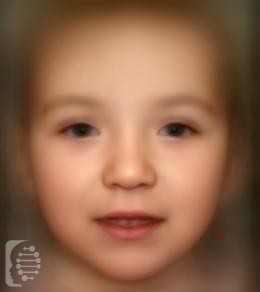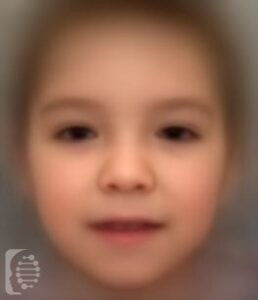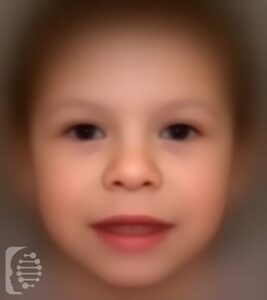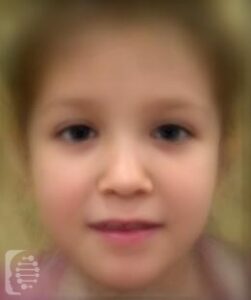
Warburg Micro syndrome (WARBM)
Warburg Micro syndrome is a rare neurodevelopment syndrome that affects mainly the eyes and brain development. Issues with vision and intellectual disability are the main symptoms of the syndrome as a result. There are currently less than 100 cases recorded of the syndrome worldwide, making it extremely rare. This syndrome is also known as:Micro Syndrome; […]






